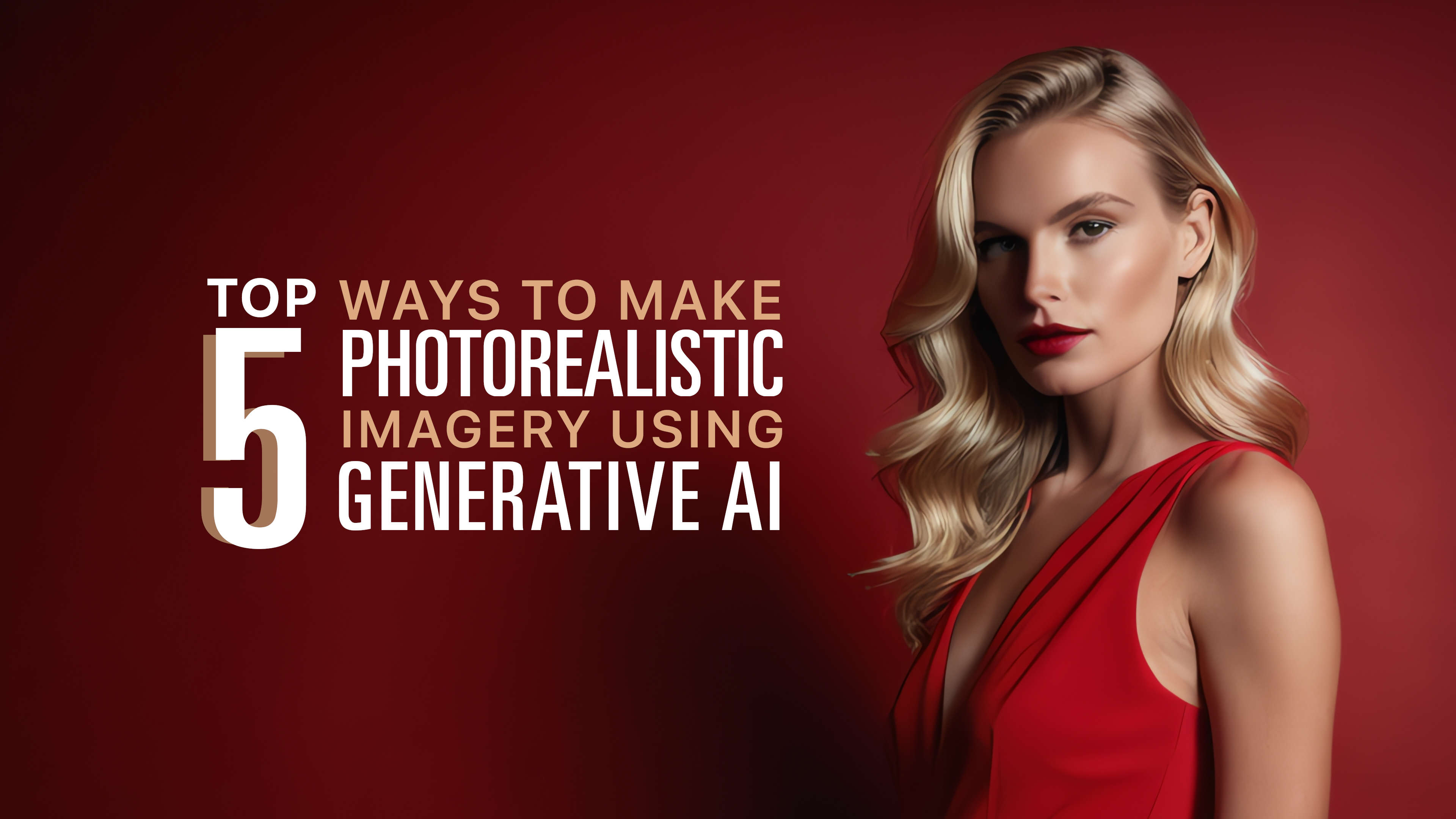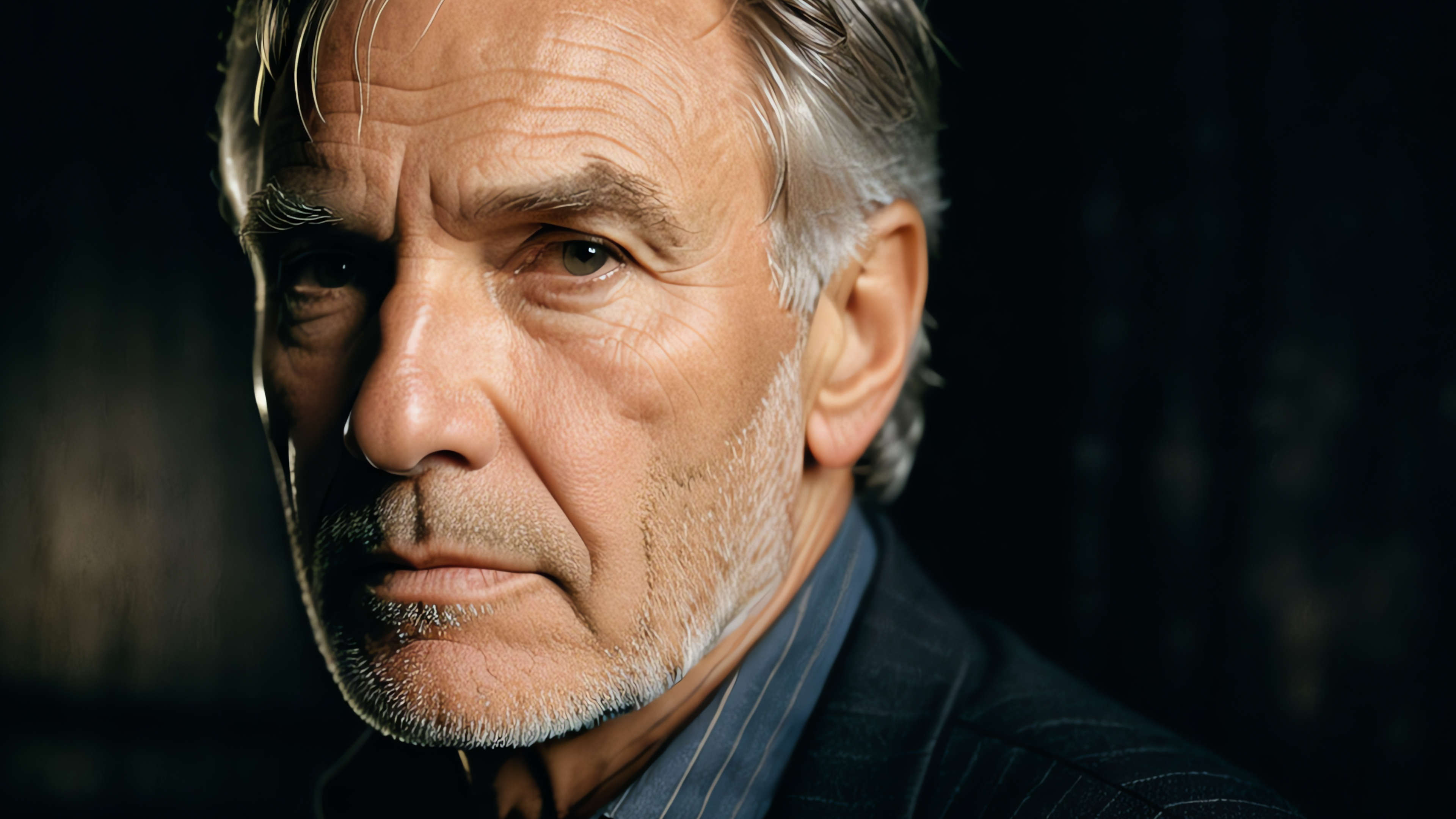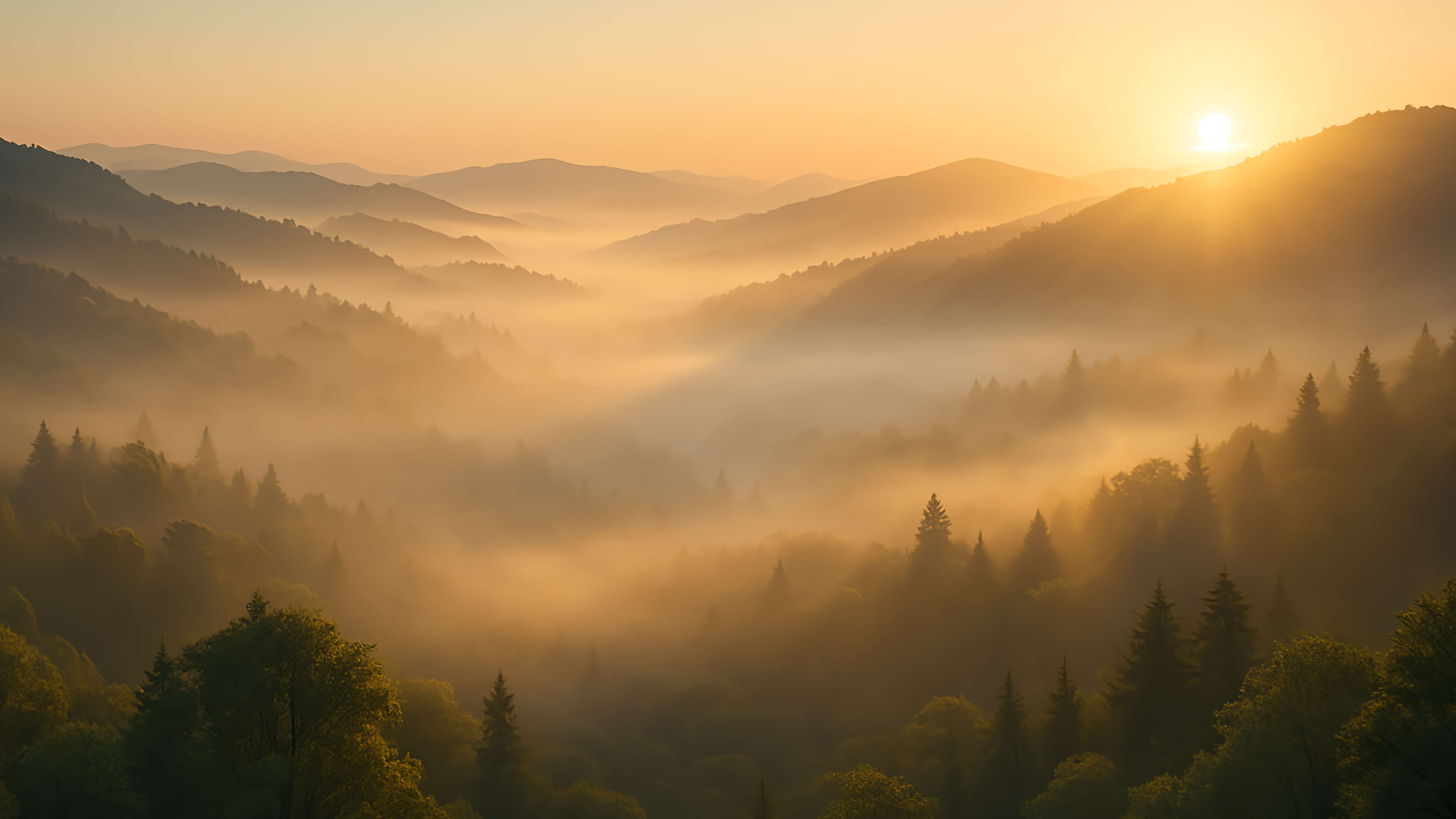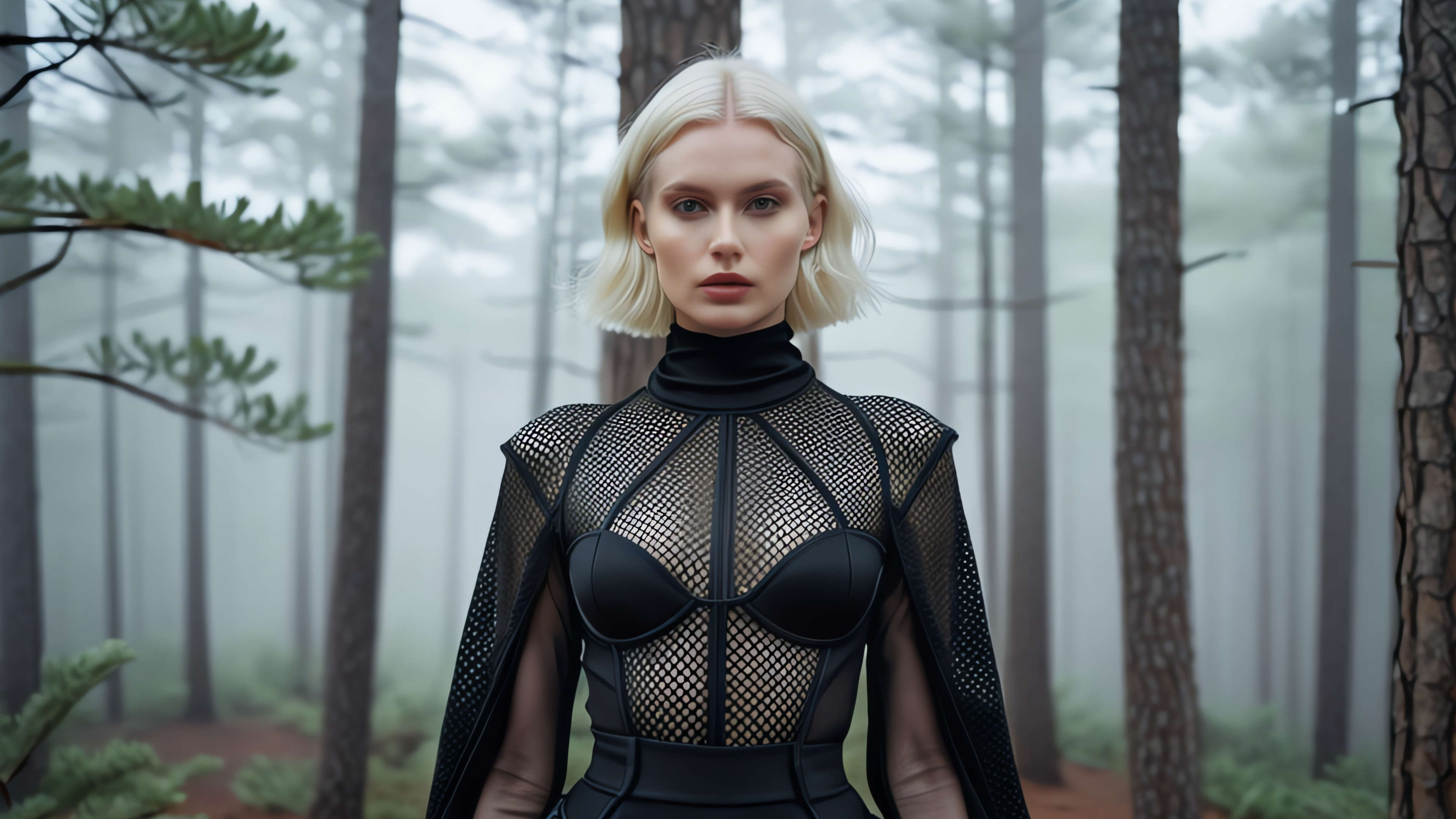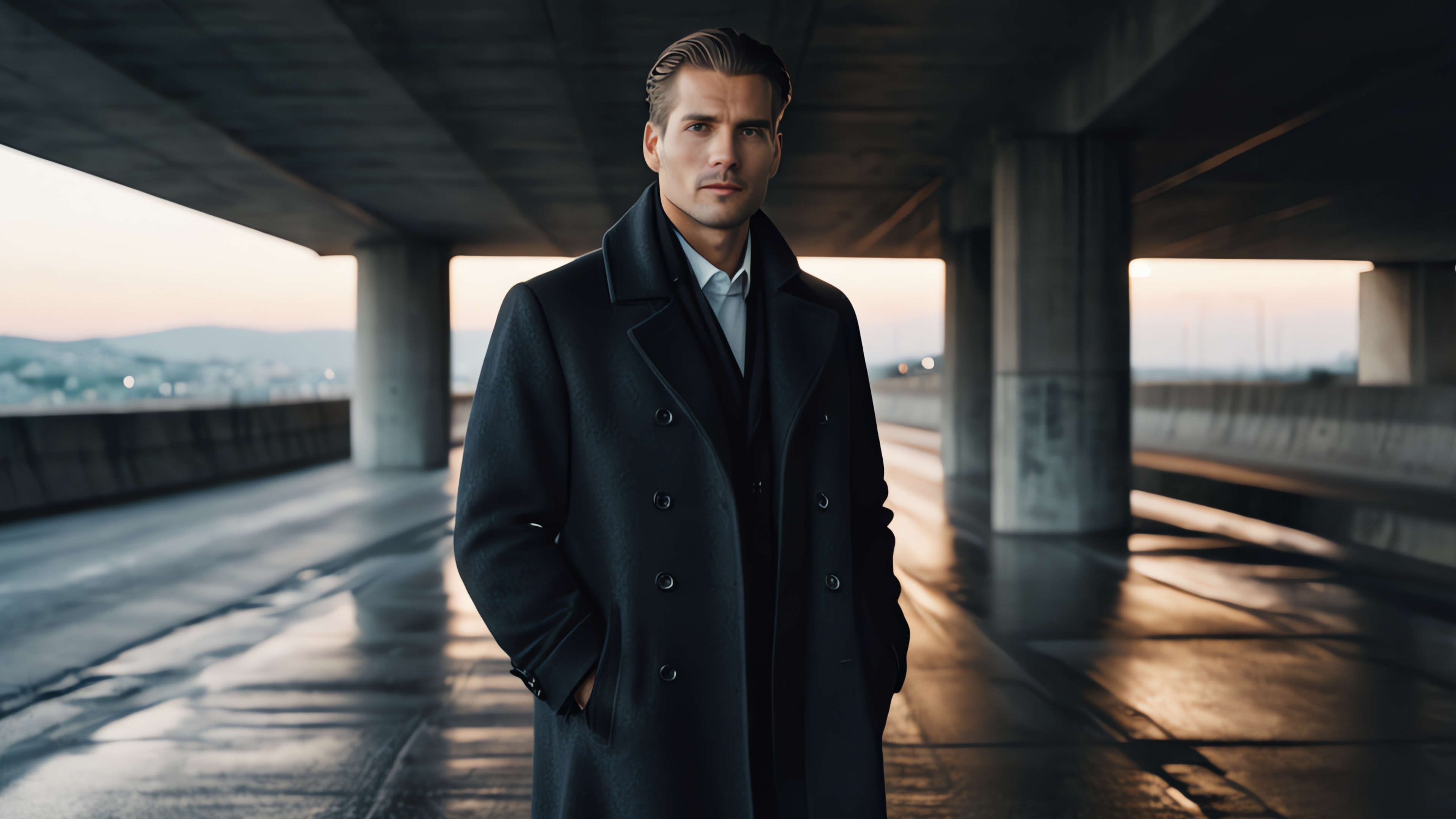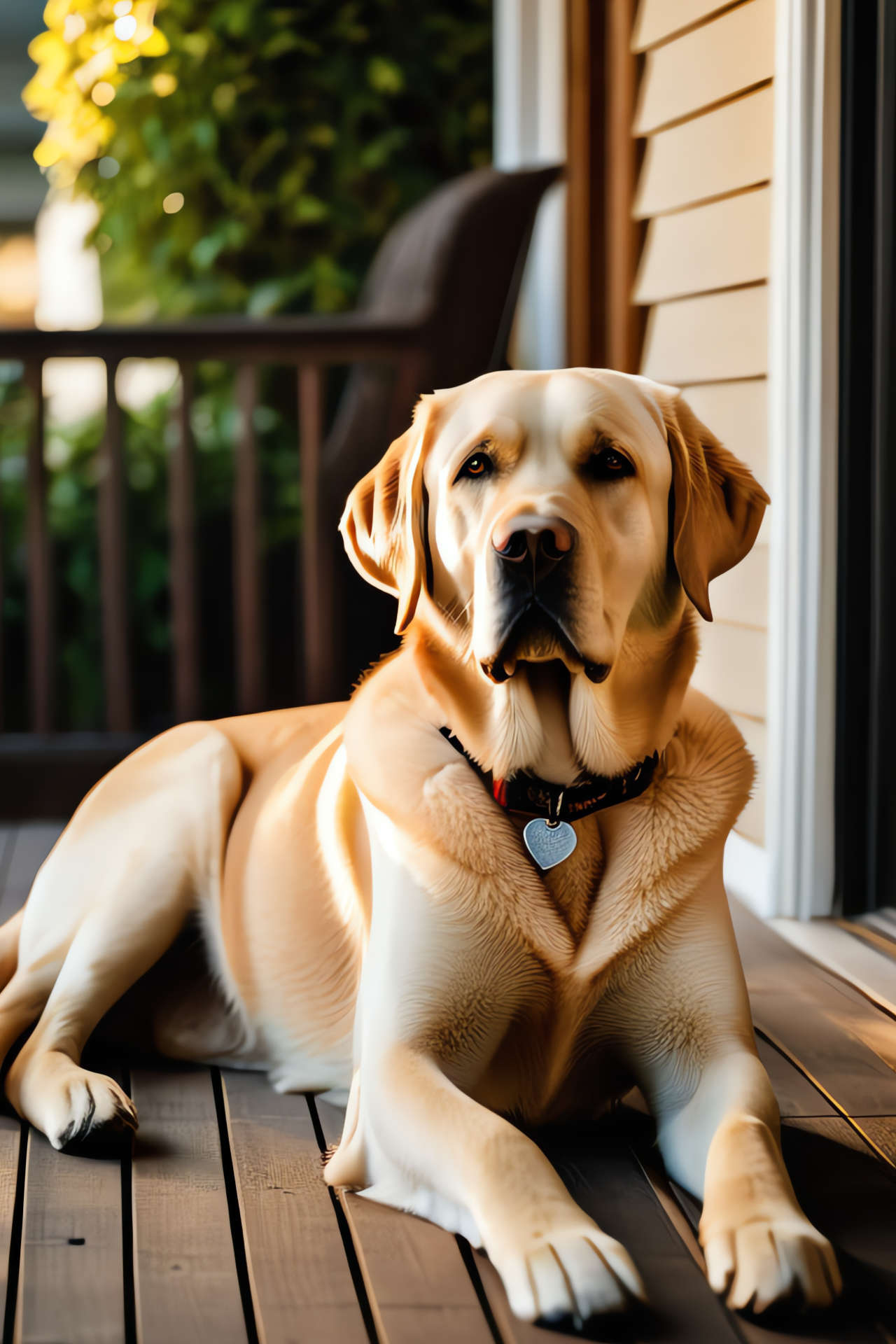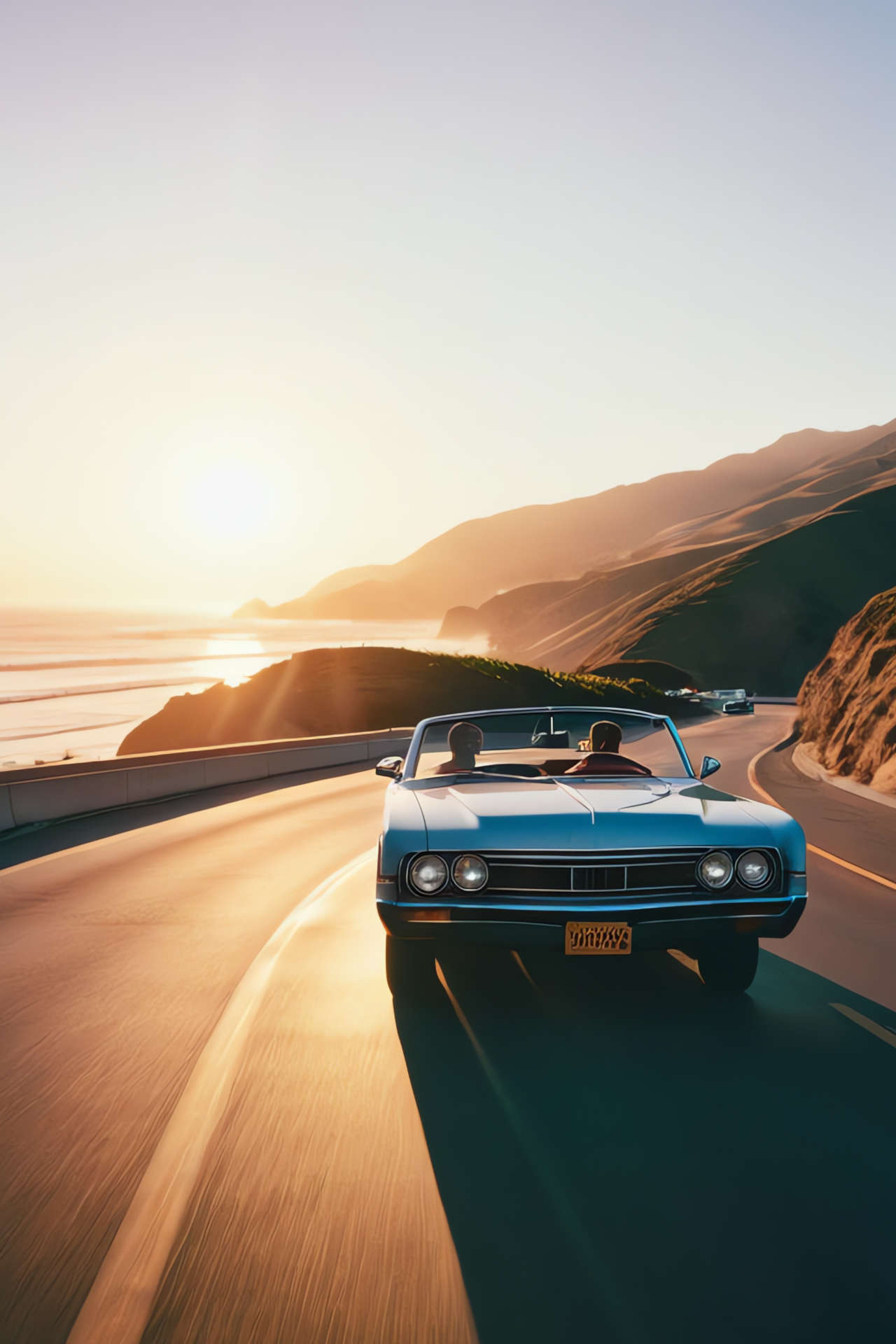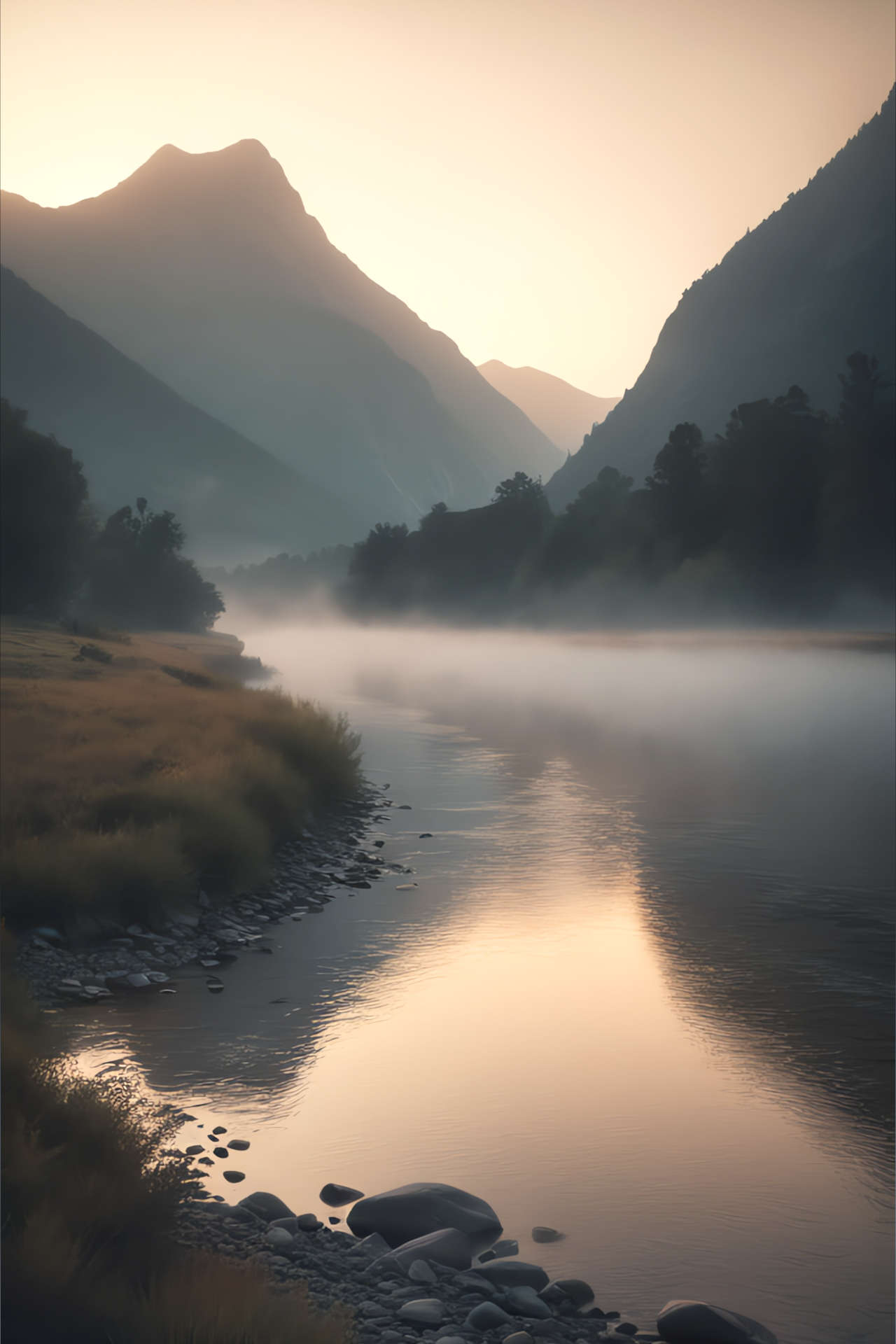BLOG
Top 5 Ways to Create Photorealistic Images Using Generative AI
A Designer’s Guide to Prompting, Styling and Rendering Realistic AI Images
Posted on March 25, 2025, by Peter Loomis
Introduction
Photorealistic images generated with AI can elevate everything from client presentations to concept art, moodboards and marketing content. But as any designer who’s tried knows, getting AI to output truly believable imagery isn’t just about typing in a few keywords — it’s about knowing how to guide the machine with precision, vision and detail. In this post, I’ll walk through five key ways to get more realistic, dialed-in images using tools like DiffusionBee, RealVisXL and other Stable Diffusion-based models.
Let's dive in!
1. Craft Specific, Refined Prompts (and Iterate Often)
Writing Detailed Prompts That Guide Realistic Results
Your prompt is your blueprint. The more specific, descriptive and layered it is, the more control you have over the final image. Rather than just describing a subject, describe the scene, the emotion, the lighting, the lens and the photographic intent.
Use real-world references, film stock, depth of field and camera language to create visual richness the AI can interpret. Platforms like Lexica and Playground AI can help you explore and iterate quickly.
Sample Prompt:
A minimalist ceramic teapot on a walnut wood table, soft morning light pouring through a fogged kitchen window, condensation on the teapot, shallow depth of field, 85mm lens, photographed in the style of Irving Penn, shot on Kodak Portra 400.
To preview compositions quickly in DiffusionBee, use ddim or k_euler. For polished results with smooth gradients and soft lighting, switch to karras.
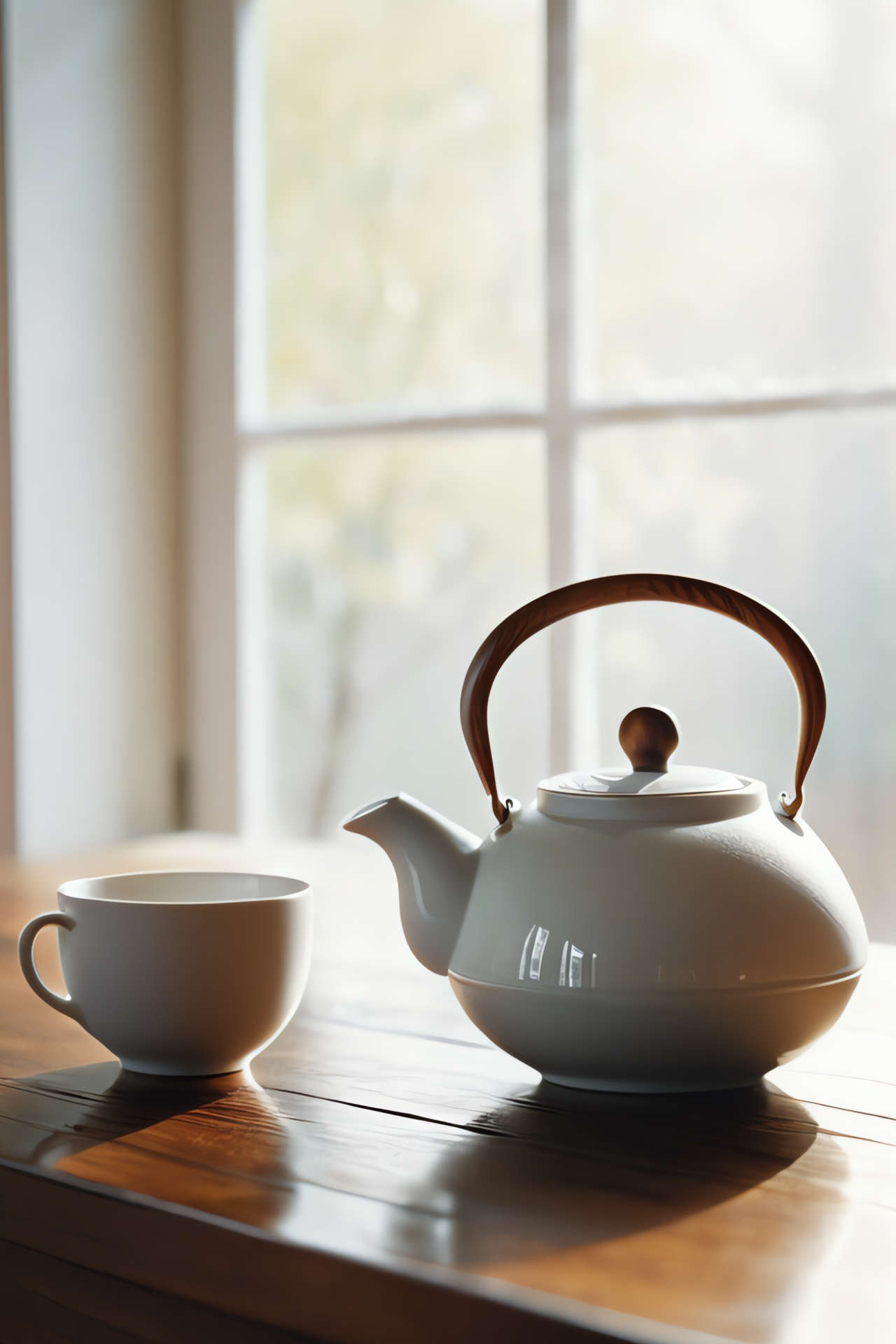
Photographic cues like lens, light and reference artists add realism to your AI images
2. Think Like a Photographer: Add Cinematic Detail
Using Photographic Language to Shape AI Results
To generate truly photorealistic images, prompt like a photographer. Think about how the image would be lit, framed and captured in real life. Include lens types, lighting conditions, camera brands and even specific photographers whose work inspires the look you're after.
Reference artists like Annie Leibovitz, Slim Aarons or Alex Webb to help guide the AI toward a known visual language. This technique creates mood, realism and visual storytelling.
Sample Prompt:
A woman in her 30s walking through a rainy New York street at night, neon signs reflecting off wet pavement, cinematic lighting, shot on a Leica M11 with a 35mm Summicron lens, f/1.4, in the moody street style of Alex Webb, Fujifilm Superia 1600.
In DiffusionBee, try karras for cinematic softness and atmospheric light. For more dramatic shadows and texture, test lmsd or k_euler_ancestral to add edge and mood.
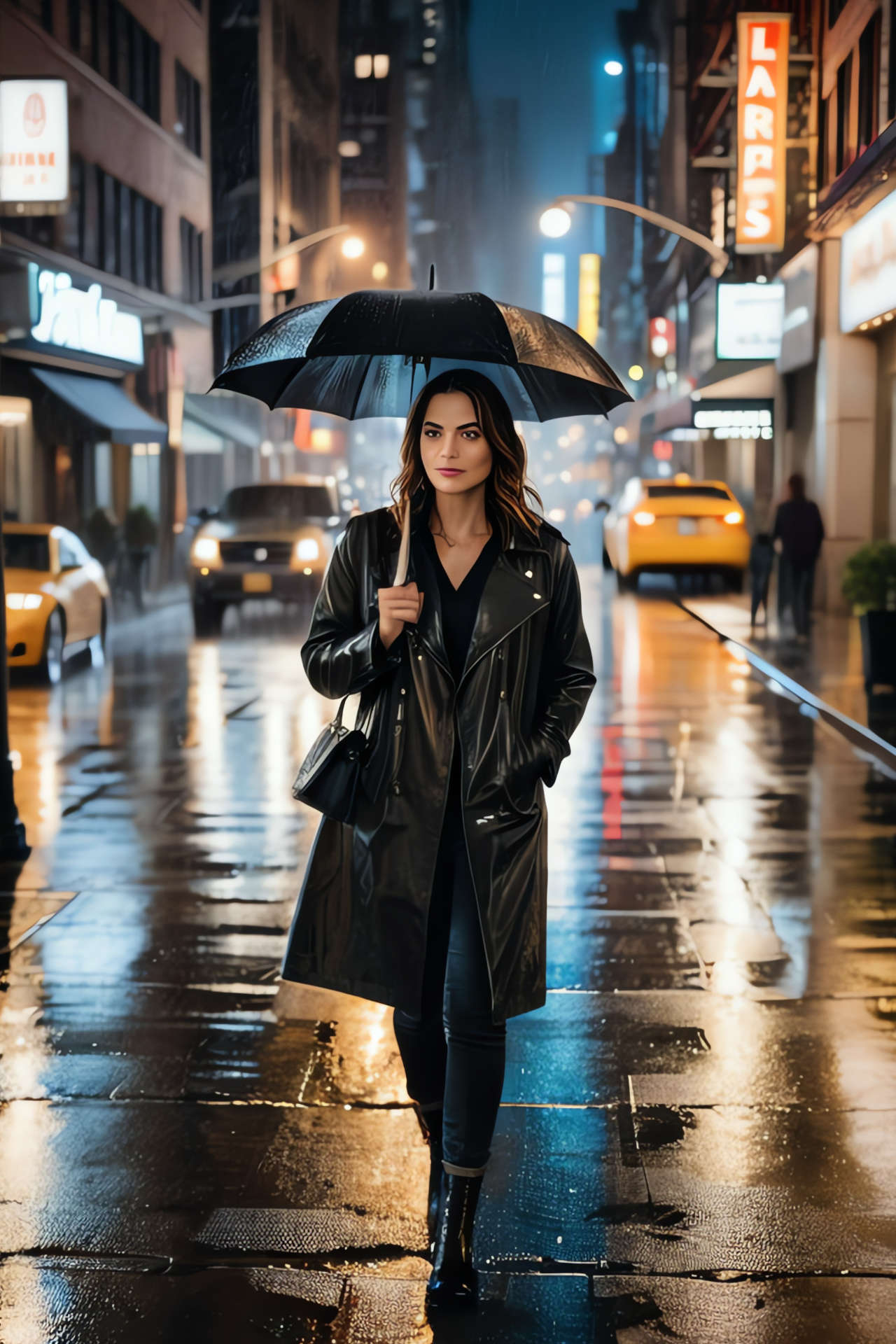
Referencing photographers like Alex Webb helps shape tone, composition and story

